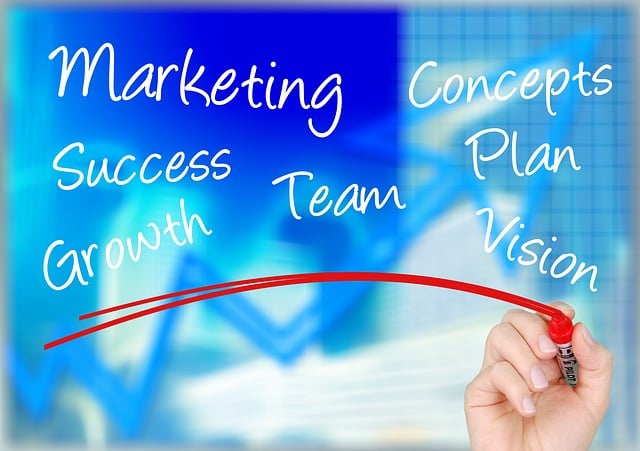- Understanding the Current State of Truck Repair Workflows
- Integrating AI Technologies for Optimization
- Measuring Success and Continuous Improvement Strategies
Understanding the Current State of Truck Repair Workflows

The current state of truck repair workflows is often characterized by inefficiencies and manual, time-consuming processes. Traditional methods can lead to delays, increased costs, and suboptimal outcomes, especially as fleet operations grow in complexity. Many workshops and mechanics rely on outdated practices, such as paper-based record-keeping, manual diagnostic tools, and standard, one-size-fits-all repair procedures. This can result in mistakes, repeated tests, and an overall lack of data-driven insights to improve performance.
AI consulting services for truck repair workflow optimization offer a transformative solution. By leveraging machine learning algorithms and advanced analytics, these services can help identify bottlenecks, streamline processes, and enhance precision. AI can automate repetitive tasks, provide real-time diagnostics, and offer tailored repair recommendations based on historical data and fleet-specific information. This not only improves efficiency but also ensures consistent, high-quality repairs, ultimately contributing to safer roads and reduced operational costs.
Integrating AI Technologies for Optimization

Integrating Artificial Intelligence (AI) technologies into truck repair workflows offers a transformative path to enhanced efficiency and cost savings. AI consulting services play a pivotal role in this process, providing expertise to streamline operations and optimize every step of the repair process. These services leverage machine learning algorithms and natural language processing to analyze vast amounts of data from vehicle sensors and historical maintenance records, identifying patterns and potential issues before they become costly breakdowns.
By integrating AI, truck repair shops can automate routine tasks, such as diagnostic analysis and parts inventory management, freeing up technicians for more complex work. AI-driven predictive analytics also enable proactive maintenance, minimizing downtime and extending the lifespan of commercial vehicles. This advanced approach to truck repair workflow optimization not only improves productivity but also enhances customer satisfaction by ensuring faster, more reliable service.
Measuring Success and Continuous Improvement Strategies

Measuring success is a vital aspect of any optimization process, especially in complex industries like truck repair. When implementing AI consulting services for workflow optimization, defining key performance indicators (KPIs) becomes essential. These KPIs could include reduced cycle times, improved first-time fix rates, or enhanced overall equipment effectiveness. Regularly tracking and analyzing these metrics allows businesses to identify areas of excellence and potential bottlenecks in the new AI-driven workflows.
Continuous improvement is a core principle behind successful AI integration. By adopting a feedback loop approach, repair shops can actively refine their processes. This involves gathering input from technicians and mechanics, studying the impact of AI interventions, and making data-driven adjustments. With ongoing monitoring and iterative improvements, the AI consulting services can adapt to evolving challenges, ensuring the optimization strategies remain effective and aligned with the dynamic nature of truck repair operations.
AI technologies offer a transformative opportunity for optimizing truck repair workflows, enhancing efficiency, and reducing costs. By integrating AI across various stages, from parts identification to predictive maintenance, repair shops can streamline processes and improve customer satisfaction. AI consulting services play a crucial role in this transformation, providing expertise to tailor AI solutions to specific needs. Continuous improvement, through measured success and adaptive strategies, ensures that these innovations keep pace with evolving technologies and market demands.
